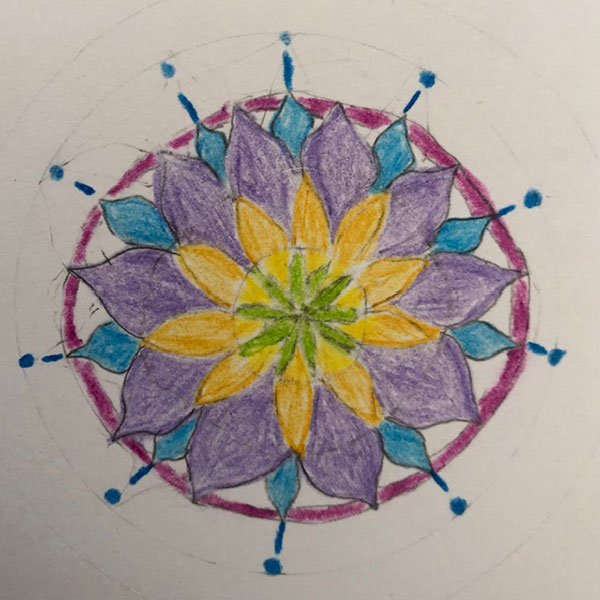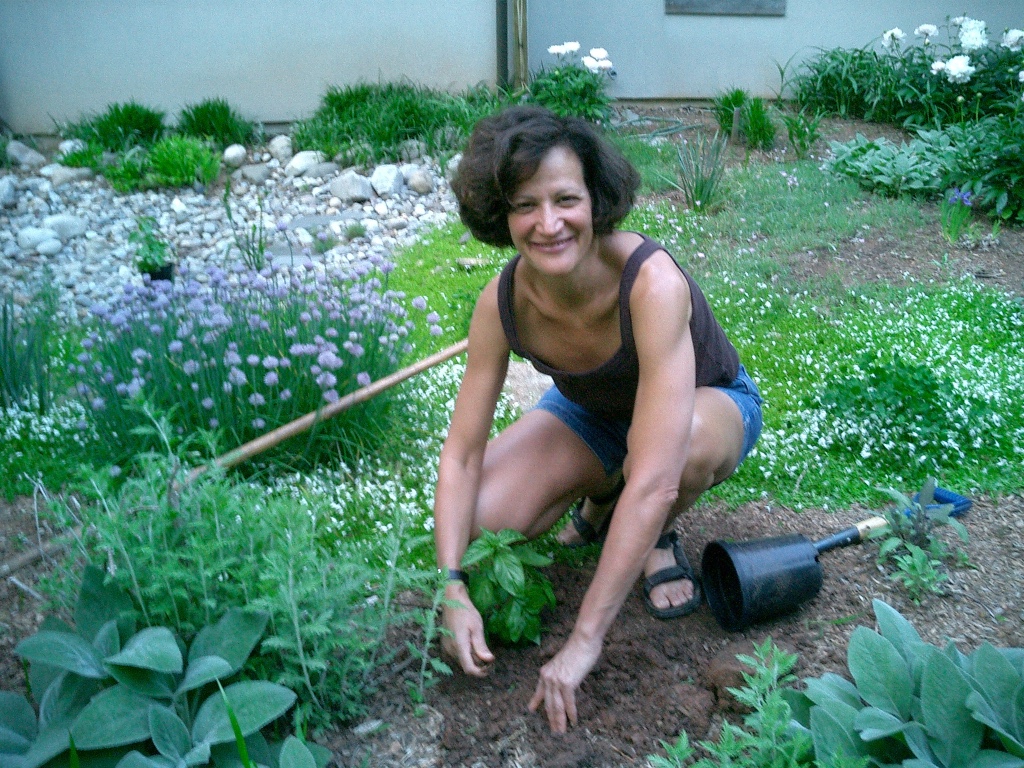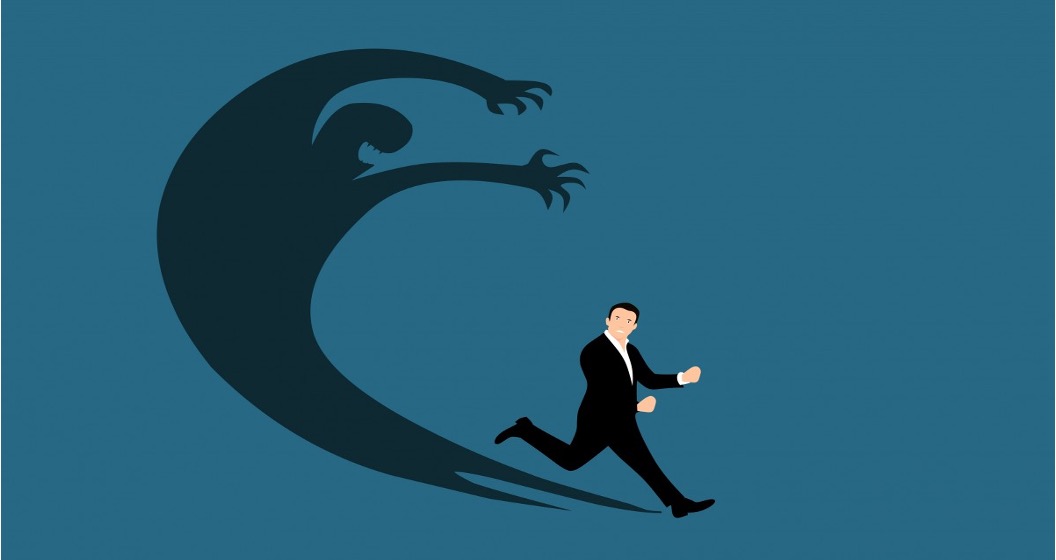
“I want to write about faith,” is the first line of one my favorite poems by David Whyte. He continues, “but I have no faith myself…but let this then, my small poem…be the first prayer that opens me to faith.”
I have always loved this poem because from my experience, it describes the process of faith so honestly.
Recently a client asked me, “Wendy, do you pray?” She is in the midst of her own struggles with faith. “Yes I pray,” I said, “and prayer for me seems to have seasons.” The answer came out without thought. And I was pleased with it. I have spent many years trying to ‘install’ a prayer practice in my life. I memorized “Lord, make me an instrument of thy peace, where there is hatred let me sow love…etc.” I learned ancient chants in odd languages, repetitive songs in Portuguese and most recently prayer beads each morning at the edge of the ocean.
During the Pandemic something changed. The tremendous longing I felt to reach God — to feel some sort of communion— not to feel so alone, diminished.
…




